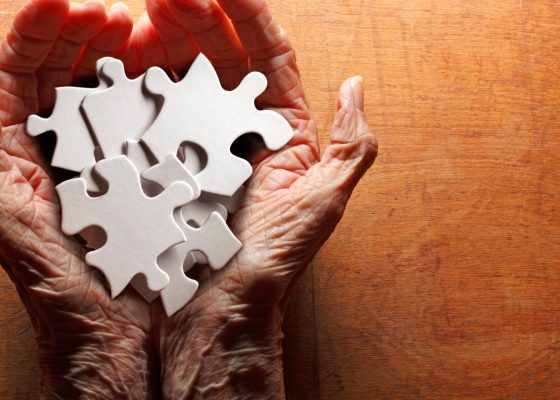The agency is scoping how high-resolution x-rays and other diagnostic images could be viewed via a single access point.
The Australian Digital Health Agency is looking to close a loophole in the newly minted Sharing by Default legislation via its latest project.
February’s passing of the Sharing by Default legislation ensures that pathology and imaging reports will be shared via My Health Records but the legislation doesn’t require sharing of the images themselves.
Not being able to easily access high-resolution images is a major pain point for clinicians, said Peter O’Halloran, the ADHA’s chief digital officer.
Mr O’Halloran told HSD that three stakeholder groups joined forces to campaign for an urgent solution to the challenges accessing a patient’s diagnostic images – the Australian Orthopaedic Association, the Australian Diagnostic Imaging Association and the Royal Australian College of Radiologists.
The project goal is not to store images in MyHealthRecord. Instead, it aims to find a way for clinicians to be able to quickly access diagnostic images, with one login to one portal that automatically connects them to the correct provider and correct image.
Currently, clinicians must access different cloud-based systems to see imaging results from a wide variety of providers. The systems all meet a Digital Imaging and Communications in Medicine (DICOM) standard but there are multiple kinds of viewers and interfaces used across the country.
“Some don’t even have images, just reports,” Mr O’Halloran said.
The project aims to catalogue all the different systems used by clinicians and figure out how to “get it into one viewer”, he said.
Dr Geoff Pearce, a paediatric emergency physician, said the project was very important.
Related
“It would save a lot of wasted time and effort and patient harm through irradiation,” he said.
“A lot of providers aren’t open after hours so there’s no one to call when you have a child in ED at night and can’t find the x-ray they had done that afternoon by an external provider.”
Dr Pearce said there were significant practical barriers to accessing results.
“We have over a dozen providers and each one requires a password but infrequent of use of some providers with security upgrades means we our logins don’t work.
“Even though we try to limit the amount of radiation we have to order another (x-ray),” he said.
Sandra Cooke is branch manager of connected care within the ADHA. She said that poor access to images was “a significant pain point for health jurisdictions”.
“Jurisdictions are overwhelmingly asking why I’m not moving faster, which is a good thing because we want projects that are meeting a critical need,” she said.
Ms Cooke, who formerly led the EPIC transformation for the Australian Capital Territory, said the territory alone has 11 different imaging providers each requiring a different password.
“In a busy emergency department (ED) they just don’t have time to keep logging in and out of providers to find the right one. We want to stop irradiating patients unnecessarily,” she said.
Ms Cooke said a single point of access would also prevent workarounds, such as sharing of passwords, which creates cyber security risks.
Mr O’Halloran announced a series of stakeholder workshops, starting in July, to explore the viability of the proposal and identify needs and requirements. He encouraged software vendors to participate.
“This will potentially impact commercial models so we want everyone in the room. I’d rather have the awkward conversations now. Any result can only be better with a diversity of views. We need to road test the proposal and discuss whether what’s being proposed is viable,” he said.
Mr O’Halloran will be speaking with the Medical Software Industry Association and Medical Technology Association of Australia in coming weeks.
The “discovery phase” of the project is being driven by RANZCR in a 12-month partnership contract with the ADHA.
Mr O’Halloran said:
“They know their patients and clinicians best. They know what the clinical need is and how to best meet it.”
If the discovery phase shows the project is viable, and gets funding, it will support longitudinal care, Mr O’Halloran said. Many use cases, for example, malignancy, have the need for comparative scans where minute changes can be detected over time by viewing a series of high-resolution images.
Mr O’Halloran said artificial intelligence (AI) could also possibly be used in the future to assess a person’s scans over their lifetime.
“AI could reveal a whole lot of information currently unavailable to clinicians and consumers.”
Mr O’Halloran spoke at the Digital Health Festival in Melbourne last week and also announced a rebranding of the Health Information Exchange. It is now called Health Connect Australia.
Anyone interested in the stakeholder workshops can register via the Health Connect Australia Information and Roadshow Updates form on the Australian Digital Health Agency website.




